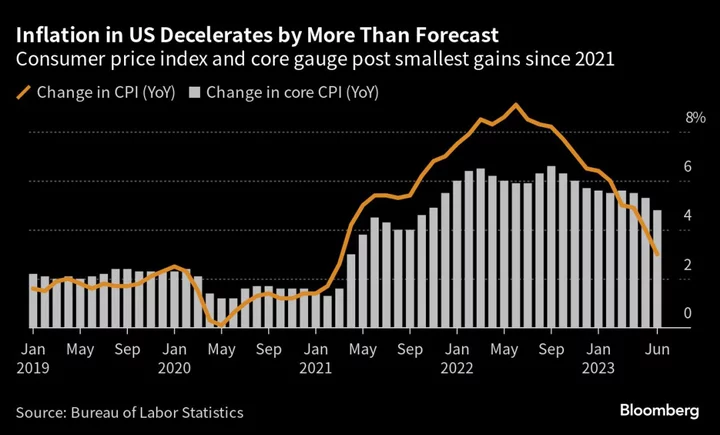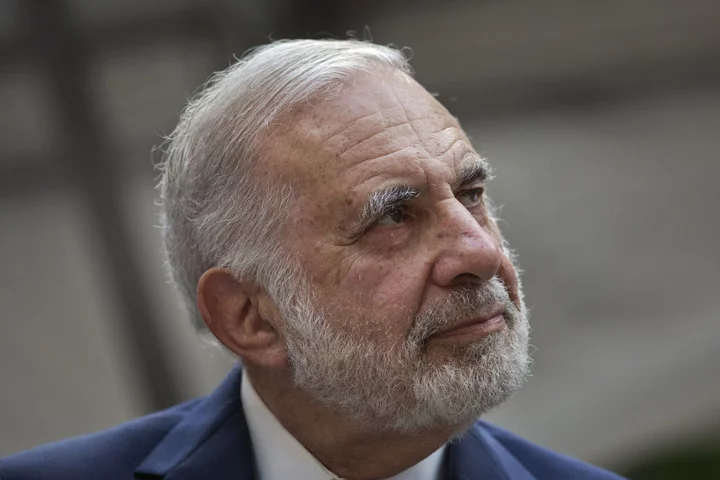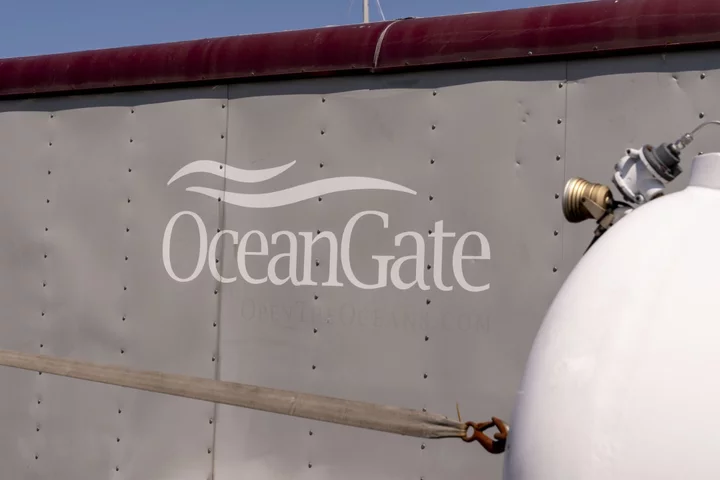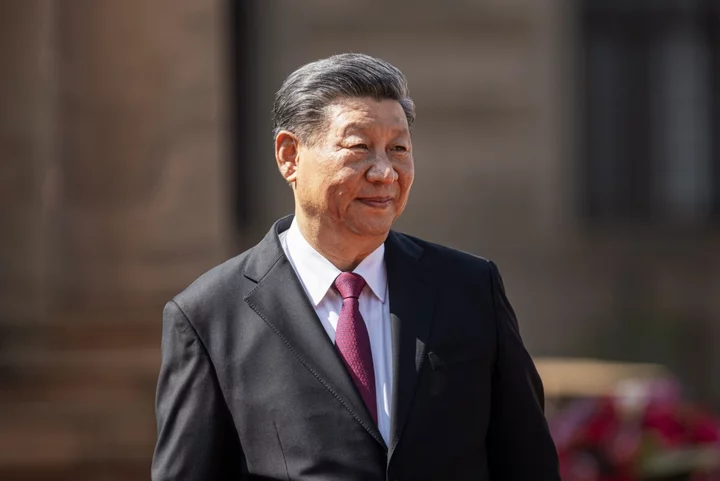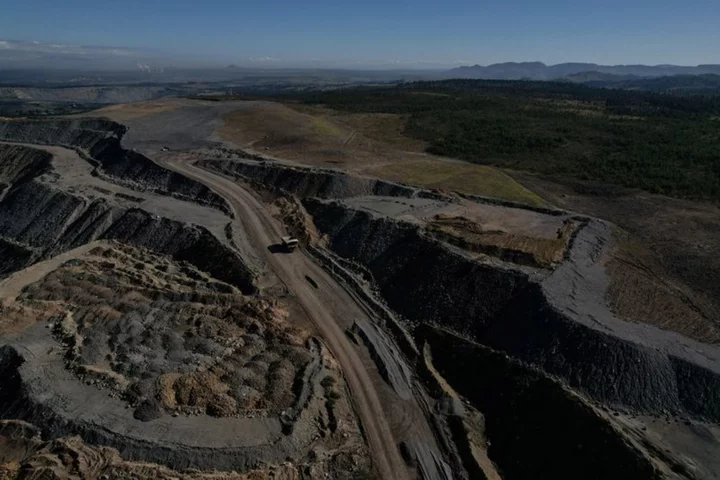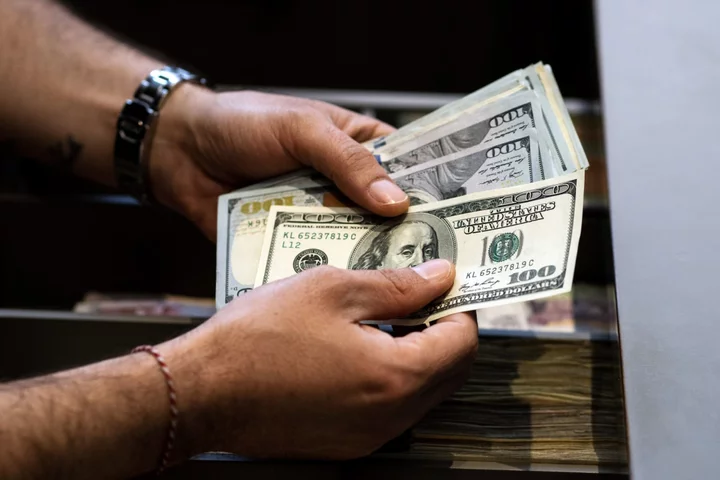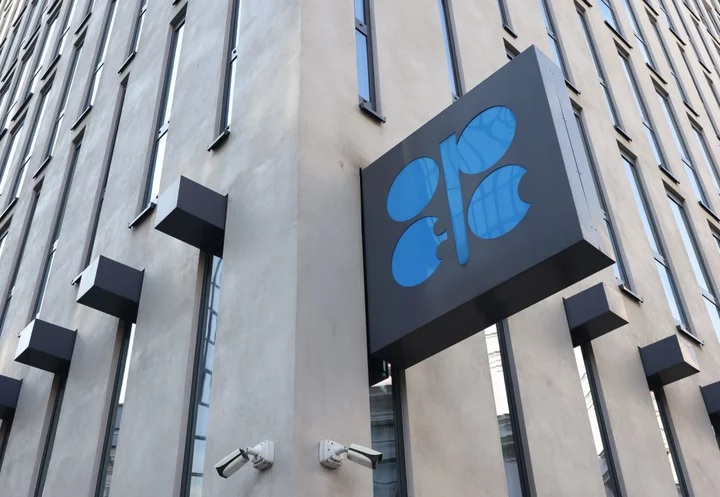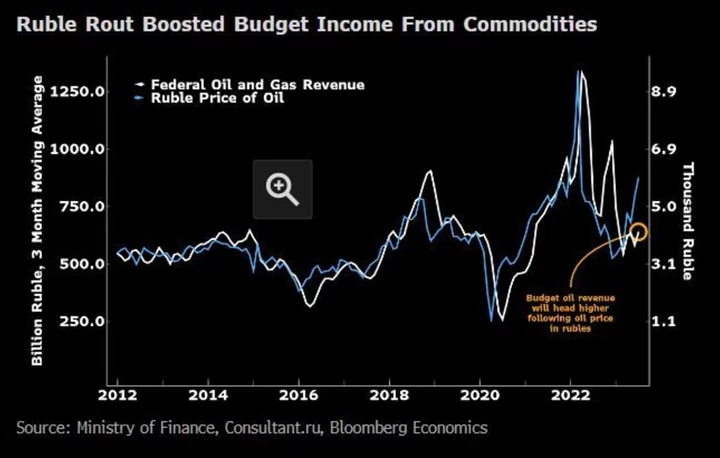Federal Reserve policymakers are primed to resume raising interest rates this month and remain open to a further increase later in the year.
While officials were encouraged by a step-down in price pressures last month, they’re not inclined to pronounce an end to their battle to rein in inflation that has repeatedly surprised them with its persistence. Contributing to their caution: A keen desire to avoid repeating the mistake of the 1970s, when the Fed prematurely let up on its efforts to contain inflation, only to see price increases reaccelerate to double-digit levels later.
“It’s really too early to say that we’ve declared victory on inflation,” Federal Reserve Bank of San Francisco President Mary Daly told CNBC on July 13.
Investors have increased bets that the widely anticipated quarter-percentage-point increase at the Fed’s July 25-26 meeting will be the central bank’s last in this credit tightening cycle. Stock and bond prices bounded higher on those expectations this past week, with the yield on the Treasury’s two-year note – a market barometer of the Fed’s intentions – falling to 4.76% from 4.95% on July 7.
Driving the rally: A big drop in inflation last month. Consumer prices rose 3% in June from a year earlier, compared with 4% in May, the Labor Department reported on July 12. That was the smallest increase in more than 24 months and well below the 9.1% surge seen just a year ago.
That in turn fueled hopes that the central bank can pull off a fabled “soft landing” of the economy — bringing inflation down without crashing the US into recession.
“You cannot get in the way right now of the soft-landing narrative — that narrative is building momentum,” Mohamed El-Erian, chief economic adviser at Allianz SE and a Bloomberg Opinion columnist, said.
Cautious Optimism
Fed officials, for their part, are cautious about reading too much into any one month’s data, no matter how reassuring it is. That’s especially the case given that they’ve been fooled before by let-ups in price pressures only to see them subsequently pick up.
“This is welcome news, but one data point does not make a trend,” Fed Governor Christopher Waller told the Money Marketeers of New York University on July 13. “Inflation briefly slowed in the summer of 2021 before getting much worse, so I am going to need to see this improvement sustained before I am confident that inflation has decelerated.”
Read More: Waller Says Fed May Need Two More Hikes to Contain Inflation
The Fed held interest rates steady in June after raising them for 10 straight meetings to a range of 5% to 5.25%. Most policymakers expected at that time to increase rates twice more in quarter-point increments by the end of the year, based on projections released after their June gathering.
Going into this month’s meeting, a variety of officials reaffirmed that view while stressing that the ultimate outcome will depend on how the economy evolves.
“I see no reason why the first of those two hikes should not occur at our meeting later this month,” Waller said. “From there, I will need to see how the data come in.”
Policymakers have said they’re more comfortable pushing ahead with another rate increase now because a much-feared credit crunch has yet to materialize. Several though – including Fed Chair Jerome Powell – have cautioned that it’s too soon to completely declare the all-clear in the wake of banking turmoil earlier this year.
What Bloomberg Economics Says...
“The Fed is all but certain to hike by 25 bps in July, but the favorable CPI report will bolster voices on the FOMC arguing that July’s hike should be the final one - matching our baseline.”
— Anna Wong and Stuart Paul
For the full note, click here.
It’s not only the persistence of inflation that’s surprised policymakers. It’s also been the resilience of the economy, especially the labor market, in the face of the Fed’s most aggressive credit tightening in decades.
Powell has repeatedly said that some softening of the labor market would likely be needed to bring inflation back to the Fed’s 2% target.
There are signs that’s happening. Payroll growth slowed to 209,000 last month — the smallest advance since the end of 2020, but still more than twice the roughly 100,000 pace that Powell has suggested would be just right for the economy in the long-run.
Wage growth has also moderated, but it too remains above levels that Fed officials reckon is consistent with the 2% inflation target. Average hourly earnings rose 4.4% in June from a year earlier, down from a high of 8.1% in April 2020, shortly after the pandemic started, but above the 3.3% average that prevailed in 2019.
That’s led Powell and other policymakers to judge that there’s a greater danger of the Fed not doing enough to rein in inflation than in it doing too much and triggering a deep recession – though they’ve also said those risks are more in balance now after repeated rate increases.
“We are closer to the end of our tightening phase than the beginning,” Cleveland Fed President Loretta Mester said in a July 10 speech. “That said, the economy has shown more underlying strength than anticipated earlier this year, and inflation has remained stubbornly high.”
As a result, “the funds rate will need to move up somewhat further from its current level,” she said.
--With assistance from Steve Matthews and Catarina Saraiva.

